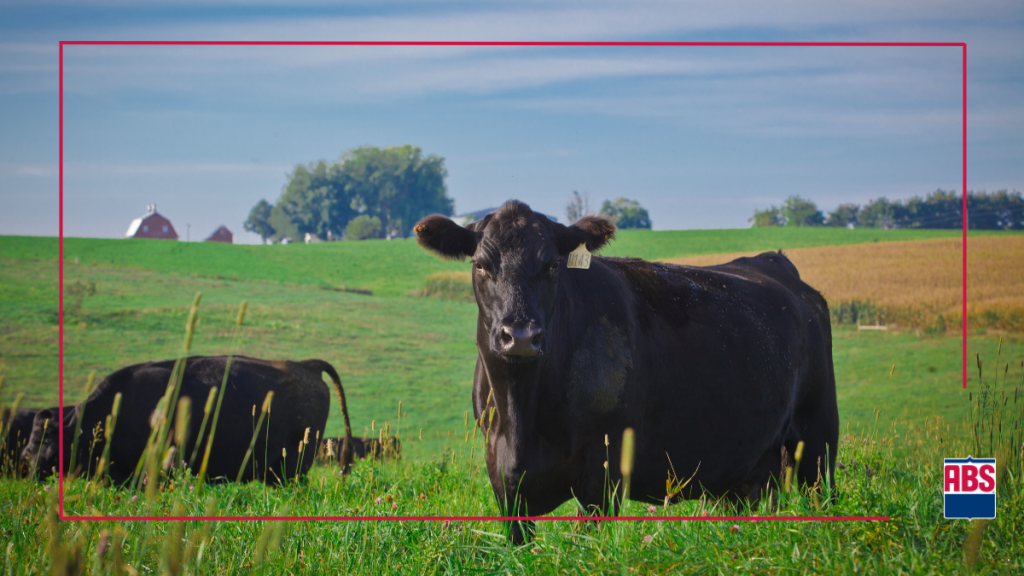Publish date: 5.7.24
When it comes to fertility, many factors contribute to your overall pregnancy success. Factors like animal health, nutrition, stress, semen handling and fertility, and adherence to estrus synchronization guidelines are all associated with pregnancy outcomes. Therefore, it’s your responsibility to try and manage as many of these factors as possible in order to achieve the greatest pregnancy rates during your breeding season.
The most profitable thing a beef producer can manage is reproduction.
In this blog, we will walk through a checklist for you to think about this beef breeding season. While biology is still a large factor in breeding cattle, following these guidelines can help ensure you are doing everything in your power to promote better pregnancy rates.
Breeding Season Checklist:
- Make sure females are on a good mineral program that supports any potential deficiencies they might have.
- Confirm bulls have undergone a breeding soundness exam approximately 30 to 60 days before they will be turned out with females.
- Have females vaccinated at least 45 days prior to the day of AI (Perry et al., 2018).
- Make sure females are in a good body condition and plane of nutrition prior to artificial insemination (AI).
- Plan your estrus synchronization protocol in advance.
- Stick to using tried and tested protocols on the BRTF protocol sheets.
- Ensure you have the correct needle length for the specific route of drug administration.
- For intramuscular injections, 1.5-inch or 18-gauge
- For subcutaneous injections, 1/2 to 3/4 inch or 16- or 18-gauge
- Confirm you are administering the correct drug on the correct day according to the specific synchronization protocol.
- Store your synchronization drugs when not in use according to the label specifications and make sure to keep them out of the sun when using them in the field.
- Be as clean as possible when inserting CIDRs to avoid infections.
- Keep stress to a minimum during the breeding season and after.
- Promote low-stress handling amongst all those working the cattle.
- Avoid sudden environmental changes without supplementation.
- Transport females within four days after AI or wait at least 45 days to do so (Harrington et al. 1995 and Merrill et al. 2007).
- Use pregnancy diagnosis as a tool to be able to cull non-pregnant females sooner.
- Maintain good herd records to keep track of which females perform better than others.
Reproduction is the most profitable thing that a beef producer can manage in a cowherd. Cows who do not produce a calf each year are merely an expense to the operation. Additionally, it has been shown that a shortened calving season improves the longevity of the cowherd and increases profits as the earlier-calving cows produce heavier weaned calves. With tools and technology like artificial insemination and synchronization, you can create a better and more uniform calf crop. These reasons are just a few instances of how managing reproduction affects your operation’s profitability.
As a company that distributes genetic improvement, ABS Global understands that reproductive management and technology are the main means of accomplishing genetic improvement. To boost efficiency in your cowherd and generate revenue from a successful reproduction program, fill out the form below or contact your local ABS Representative today.






